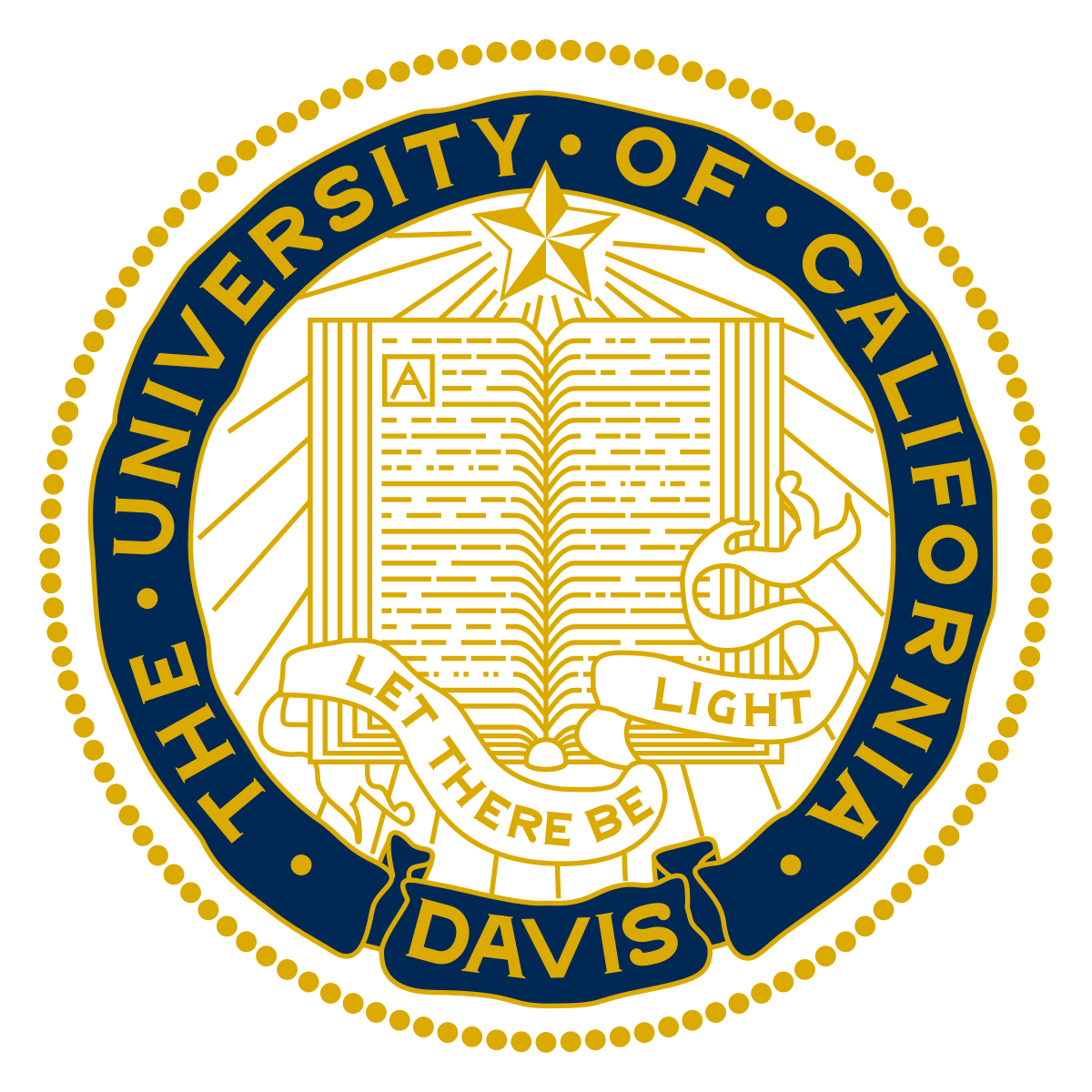Stanford University Mission and Vision Statement Analysis

Stanford University mission statement is “to extend the frontiers of knowledge, stimulate creativity, and solve real-world problems, prepare students to think broadly, deeply and critically, and to contribute to the world, and deploy Stanford’s strengths to benefit our region, country, and world.” The statement explains everything that the institution focuses on in the three areas, research, education, and service. It has the following components:
- Improving lives
- Changing the world
By providing the students with the best research environment to explore their potential, Stanford gives them an opportunity to improve themselves. It also hones this through its specialized education programs led by experienced experts. In this way, the university gifts the world with creative minds with leadership traits and can contribute constructively to it.
Introduction
Stanford University is a California based private research institution, whose mission and vision statements reflect the influence and the leadership position that this institution occupies in the academic and research industry. Its vision of being a change agent in an ever-changing world is consistent with the definition of a corporate vision statement.
Similarly, the focus of its mission statement that emphasizes on research, education, and service agree with the definition of a corporate mission statement as one that reveals the strategies that lead a firm towards its vision. Moreover, Stanford University has remained at the top since 1981 due to the additional guidance by its core values that works together with the mission and vision statements to keep this institution as the best in the sector.
Vision Statement
Stanford University vision statement is to be “a purposeful university knowledge, learning & innovation for a rapidly changing world.” The statement by Stanford reveals the progressiveness of this university when it comes to positive contributions to the world. The statement comprises of these main elements:
- Purposeful training
- Rapidly changing world
The structuring of the academics at Stanford is an indication that the university acknowledges the importance of addressing specific global issues. Stanford does this to ensure it equips its scholars to be fit when it comes to dealing with the unpredictive contemporary world, and make it a better place for everyone.
Core Values
Stanford University core values comprise “ethics, boldness, and foundations.” The presence of these values has transformed this academic and research institution as a globally recognized entity. This is because it represents a strong culture that respects human welfare, boldly advances its mission but also remains open to learning from others.
References
- Cady, S. H., Wheeler, J. V., DeWolf, J., & Brodke, M. (2011). Mission, vision, and values: what do they say? Organization Development Journal, 29(1).
- Darbi, W. P. K. (2012). Of mission and vision statements and their potential impact on employee behavior and attitudes: The case of public but profit-oriented tertiary institution. International Journal of Business and Social Science, 3(14).
- Diamond, R. M. (1999). Aligning Faculty Rewards with Institutional Mission. Statements, Policies, and Guidelines. Anker Publishing Company, Publisher’s Business Sacs. PO Box 390, Jaffrey, NH 03452-0390.
- Jacobs, C. D., & Cross, P. C. (1995). The value of medical student research: the experience at Stanford University School of Medicine. Medical education, 29(5), 342-346.
- Moore, S. L., Ellsworth, J. B., & Kaufman, R. (2011). Visions and missions: Are they useful? A quick assessment. Performance improvement, 50(6), 15-24.
- Ozdem, G. (2011). An analysis of the mission and vision statements on the strategic plans of higher education institutions. Educational Sciences: Theory and Practice, 11(4), 1887-1894.
- Rozycki, E. G. (2004). Mission and vision in education. Educational Horizons, 82(2), 94-98.
- Stanford University – About us.
- Tarnow, E. (1997). A recipe for mission and vision statements. Journal of Marketing Practice: Applied Marketing Science, 3(3), 184-189.











